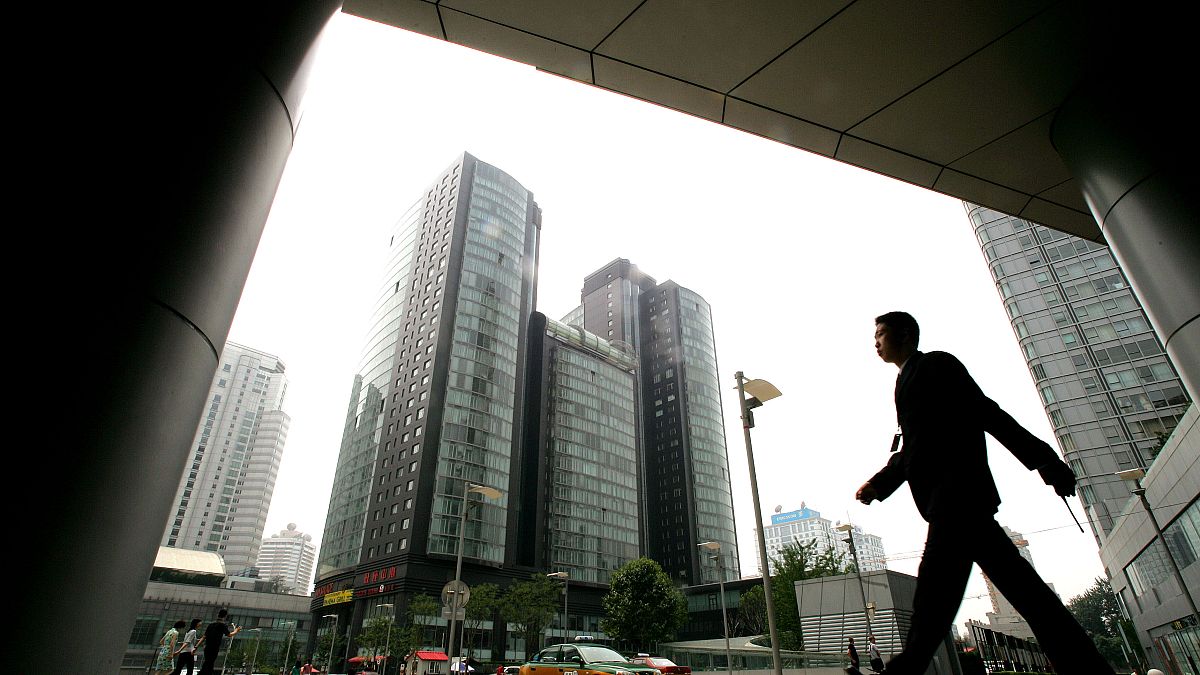Could electric wallpaper replace your gas boiler?

Want to reduce your heating bills? Eco-friendly electric wallpaper could be the answer
Could electric wallpaper one day replace your gas boiler?
A European city is trialling this innovative way to decarbonise homes and reduce energy bills.
It is currently being piloted in 12 tenement properties in the Scottish city of Glasgow to assess its effectiveness as a clean heat source.
The project is a collaboration between the University of Glasgow, University of Strathclyde, West of Scotland Housing Association and Glasgow City Council.
Why do Scottish homes need to decarbonise?
Scotland homes are some of Europe’s oldest and worst insulated. On average, they lose heat three times faster than their European counterparts.
This means their heating systems have to work overtime to keep them warm – losing lots of energy in the process. Fossil fuel-powered central heating is used in 84 per cent of Scottish homes, meaning they also release huge amounts of CO2.
Heating buildings is responsible for more than 36 per cent of the UK’s total carbon emissions – something Scotland is trying to combat with the Scottish New Build Heat Standard (NBHS).
Launched in April, it requires new buildings to use climate friendly heating systems – and electric wallpaper could be a key piece of the puzzle.
“Glasgow has around 70,000 tenement flats, so finding new solutions to more efficiently heating them is vital to reaching a net zero future,” says Councillor Ruairi Kelly of Glasgow City Council.
“Innovative pilot projects such as this are vital when considering how best to help tackle the issues of energy costs and emissions in Glasgow’s homes.”
How can electric wallpaper heat homes more sustainably?
Researchers are exploring the possibility of replacing gas heating with eco-friendly electric wallpaper.
This type of wallpaper combines copper strips and graphene or carbon to create a thin surface that can conduct electricity. It emits invisible infrared, which provides a gas-free heat source and is also thought to improve air quality in properties, generating less damp and mould.
Affixed to the ceiling, the wallpaper is quick and easy to install. It can provide warmth within one to three minutes, according to developer NextGen Heating, making it ideal for hard-to-heat properties.
The project, which has received funding from Scotland Beyond Net Zero – a coalition of leading climate and sustainability experts from Scotland’s universities – is being trialled in tenements built before 1919.
Is electric wallpaper an effective heat source?
To monitor its efficacy, the technology uses Internet-of-Things and AI-enabled data analytics to collect information on efficiency, including heat retention and energy consumption. Tenants will also provide feedback on the comfort level provided by the heatsource.
So far, the signs are good.
“We have been trialling this technology for a few months now and have had excellent feedback from our tenants where this has been installed,” says Andrew Kubski, director of development and asset management for West of Scotland Housing Association.
It’s just one of eight new research collaborations aimed at boosting Scotland’s transition to net zero. The projects address sustainability challenges in everything from buildings and transport to energy, finance, food and natural systems.
“These projects are a crucial step in our journey towards a more sustainable and equitable future, not just for Scotland, but globally,” says Professor Lisanne Gibson, vice-principal of research at the University of Dundee and chair of Scotland Beyond Net Zero’s seed fund committee.
World News || Latest News || U.S. News
Source link



